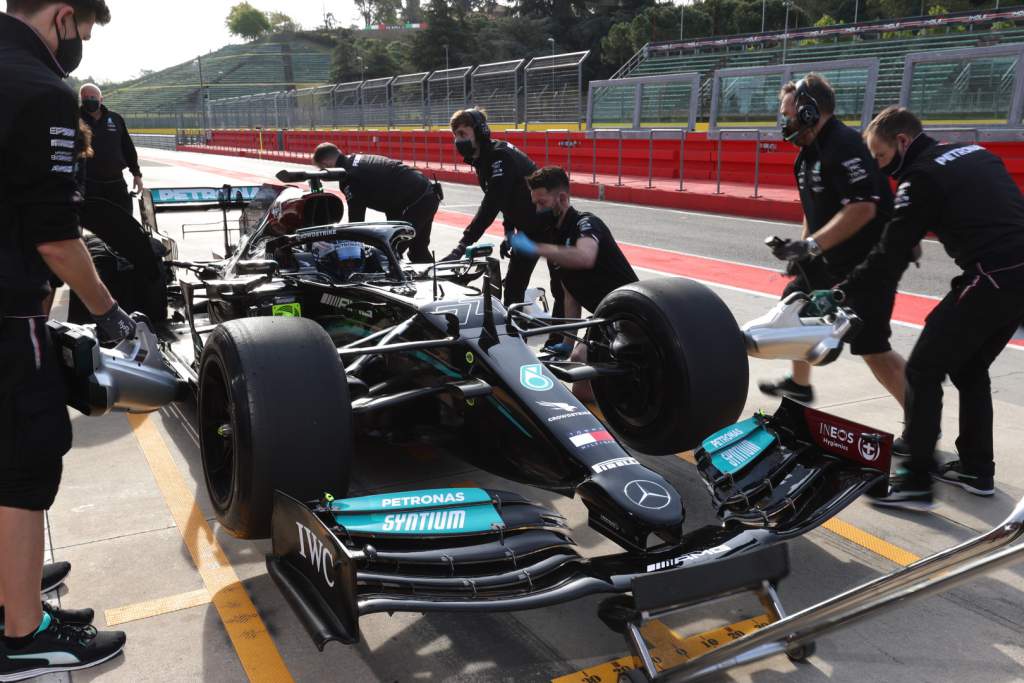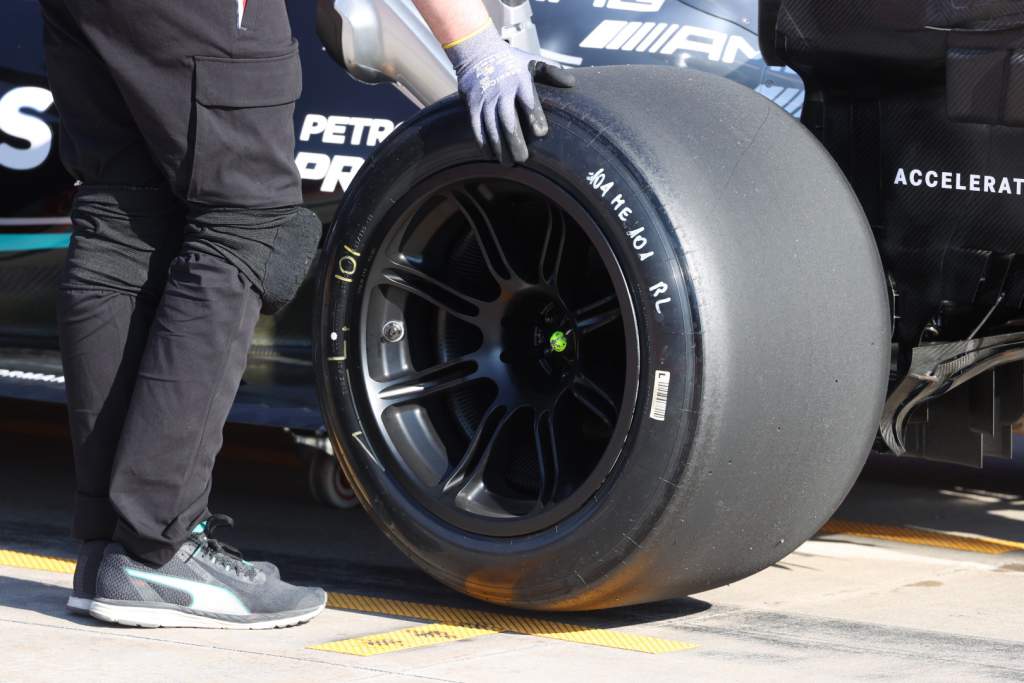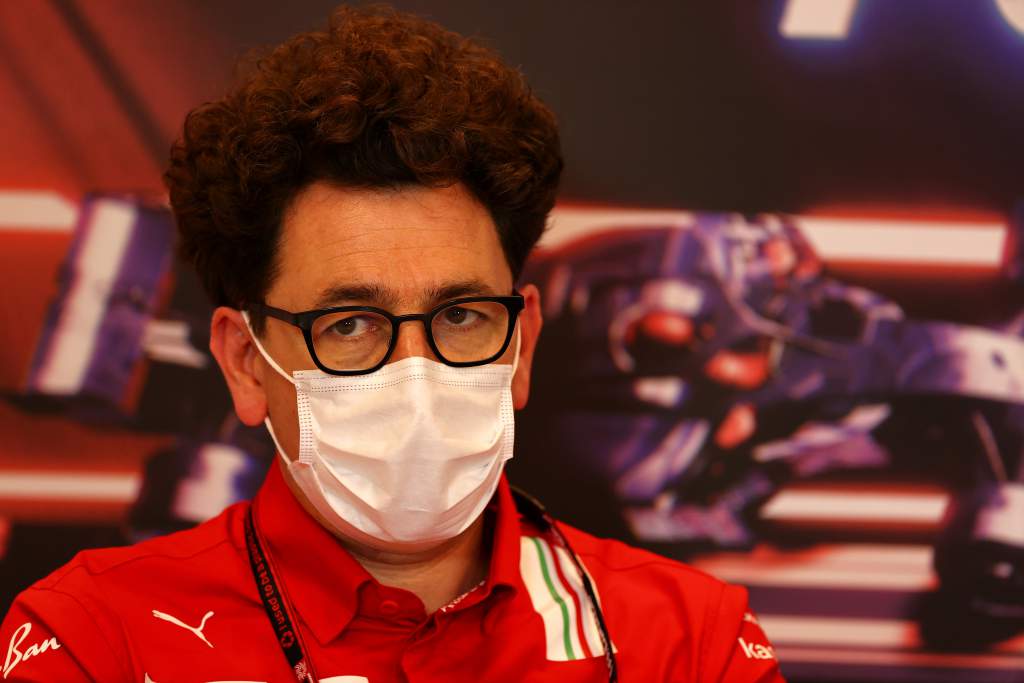Up Next

Mercedes is not participating in next week’s two-day Pirelli Formula 1 18-inch wheel test in wet conditions at Paul Ricard because of cost cap concerns.
Ferrari is taking its place in the test, to be held on May 25-26 at the French Grand Prix venue, using its mule car adapted to fit the new tyres and wheels as well as simulate the expected performance of next year’s cars.
While Pirelli tyre testing is covered by an exemption in the financial regulations that allows teams to make what is called a “downward adjustment” in their spending calculations of $200k per day, this test would have created added complications for Mercedes for other cost cap reasons.
“We are trying to make the budget cap, which is not trivial, and we couldn’t take the costs related to the tyre test,” said Mercedes team principal Toto Wolff during a press conference at the Monaco Grand Prix.
“And we wouldn’t have been able to send our mechanics on such a long journey”.

Participating in tyre testing is not as straightforward as the simple cost adjustment that is permitted given there are other aspects of the financial regulations that are connected to it.
Firstly, the €15million spend on power unit supply that is excluded from the cost cap includes only 5000km of test running and spares, with any excess becoming an included spend.
These details are laid out in the power unit supply perimeter document in the sporting regulations, and Mercedes would be going beyond the 5000km of test running on engines were it to run at Paul Ricard. Any costs arising beyond the 5000kms of power unit use for testing would therefore be included in the cost cap calculations.
Secondly, there is a problem with staffing the test. Mercedes would have to use race-team personnel to run the car because auxiliary personnel who would normally be used would end up being included in the cost cap calculation for their entire annual cost.
Such personnel are used to run old-specification cars that are exempt from inclusion to the cost cap as “heritage asset activities”. But for them to be considered “heritage asset personnel”, the financial regulations dictate that they must spend 90% or more of their total working hours on heritage activities.
Heritage asset personnel can also be used as auxiliary race team staff, but if they no longer meet the 90% requirement their entire cost of employment becomes included as part of the F1 team’s cost-cap spending.
This rule was introduced to prevent teams from wrongly classifying personnel as participating in excluded activities to “hide” them from the cost cap but, in this case, has prevented Mercedes participating in the test even though it would be a perfectly legitimate use of their time.

Mercedes has already participated in two days of testing of the new tyres at Imola in April, but as it is embroiled in an intense title fight with Red Bull, as well has having the added strain of a costly crash for Valtteri Bottas at Imola, the cost cap implications have led to the decision not to run at Paul Ricard.
There has also been added controversy thanks to the addition of the three sprint qualifying races, which has led to teams being given an extra $500,000 allowance to cover the extra costs – with the possibility of applying for further exemptions in the case of large accidents.
This means that while the cost cap baseline is $145million this year, teams are allowed to spend more. This is not only because of that additional allowance, but also the fact that the cost cap is predicated on 21 races, with each additional race on the calendar up to a maximum of 25 adding $1.2million to the cap. Based on the current 23-race calendar, that had already increased the baseline number to $147.5million.
Ferrari team principal Mattia Binotto explained that Ferrari’s priority is 2022, meaning that the team sees value in continuing to participate in the tyre tests, having already racked up four days of running.

“We always said that 2022 is our priority over 2021,” said Binotto when asked about Ferrari’s reasons for stepping in. “Testing the rain tyres and helping Pirelli develop the new tyres is important for us.
“Luckily enough, we didn’t have a crash at Imola, so we have some more contingency [compared] to Mercedes. So we are happy to accept and support.”




